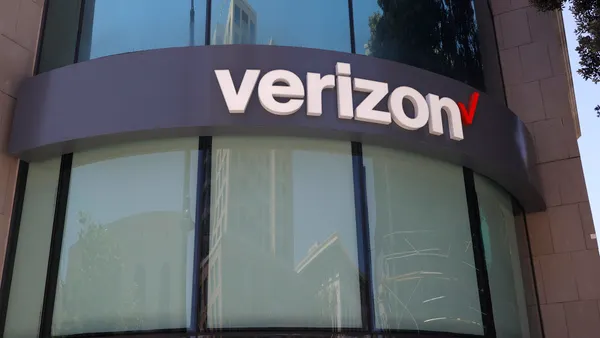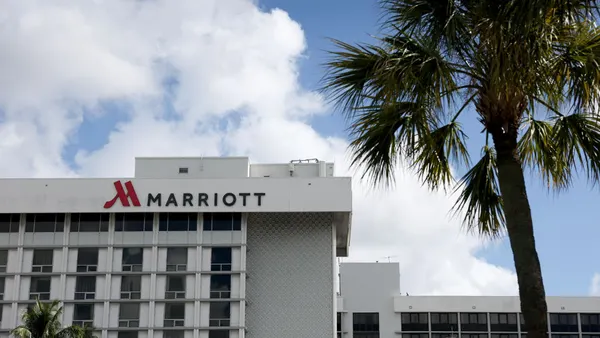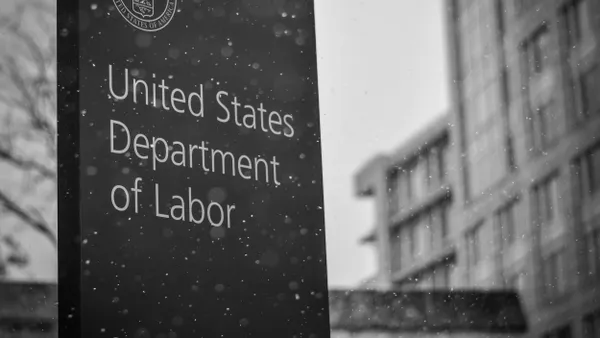With the holiday season around the corner, many businesses – from retailers to restaurants to packing and shipping companies – are starting to staff up.
However, since finding permanent workers may be even tougher this year given the nationwide labor shortage, more employers will continue to draw from the pool of contract employees and temporary workers to help fill in the labor gaps, according to Liz Griggs, CEO of WorkWell Prevention & Care, in Duluth, MN.
Griggs explains that what some employers may not be aware of is they now need to be prepared to take on workers' compensation risks for their independent contractors in addition to their permanent employees, as the National Labor Relations Board (NLRB) now views temporary workers to be essentially the same as regular employees.
“This new shift in regulation makes it even more vital for HR teams to partner with risk managers to deploy best practices in hiring contractors and to implement the latest prevention strategies in order to reduce on-the-job injuries this season,” Griggs says. “The good news is, there are now forward-thinking organizations working hard to deliver innovative solutions that will facilitate a safer and healthier workplace environment, so companies can be better equipped at keeping their employees on the job.”
Griggs offered some tips for holiday hiring:
Don’t cut corners with job matching procedures
Many times, companies are in such a rush to staff up that they may skip over some important steps, like doing a pre-work screening for the position. A pre-work screen allows companies to identify an applicant’s ability to perform the physical demands of a specific job. If the test shows that a temp employee cannot perform the physical requirements of the job, the hiring manager may want to consider them for another position or explore other options.
Determine if employees are engaged and excited during the hiring process
Griggs says there is a great pool of temporary employees that will be very positive and take their job responsibilities very seriously – even if it’s only a short-term gig. That's why it’s important to determine the attitude and disposition of contract employees during the interview process. Seasonal employees with positive attitudes may be a lower risk for worker’s compensation related incidents.
Identify and deploy solutions that will ensure a safer and healthier workplace
There are now a number of prevention and early intervention solutions that will help employees deliver a stronger job performance while also protecting companies from unnecessary risks.
Griggs offers some simple solutions in the hiring process. For example, she cites prompt injury reporting, which educates and engages employees to report any health concerns as soon as they notice any discomfort – before the problem escalates.
Another idea is having on-site ergonomic solutions. Griggs says that might include having physical therapists on-site before injuries occur (not just after occurrences) to work with employees, supervisors and management to understand workflow and all job task requirements. As result, therapists are able to recommend optimum positions, ergonomic strategies and physical movements required at work stations to minimize musculoskeletal impact on the employee.
“By launching best practices and innovative prevention solutions, employers will be able to significantly mitigate workers’ compensation risks this holiday season,” Griggs says, emphasizing that HR can play a role and should connect with risk management on this important issue. “Implementing wellness and prevention strategies early on will also better ensure that improved outcomes and results can be enjoyed by everyone, from state regulators, to claim providers, to companies and their employees.”












